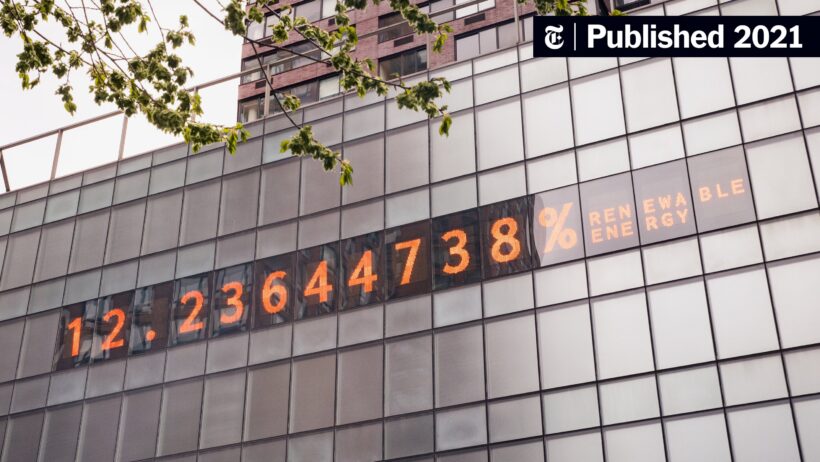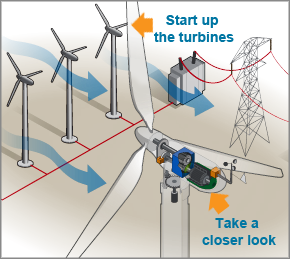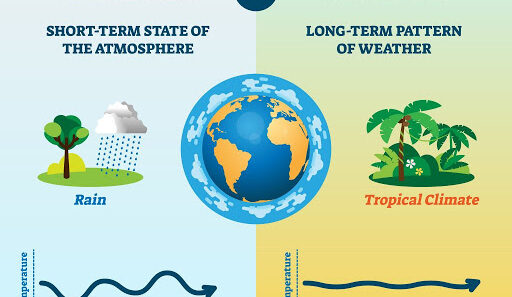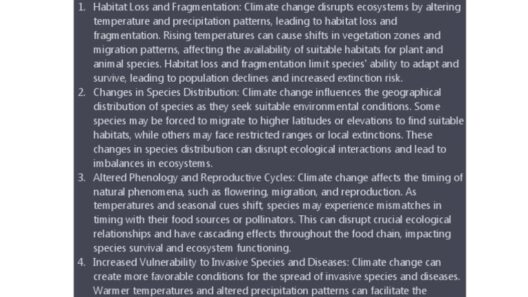The urgency surrounding climate change has birthed numerous initiatives aimed at galvanizing public awareness and action. Among the most evocative of these initiatives is the Climate Clock—an art installation that visually emphasizes the time left to make impactful decisions regarding our planet’s climate. But is the Climate Clock truly accurate? What metrics does it utilize, and what does it genuinely signify for the future of our environment? To demystify this phenomenon, we delve into the nuances of the Climate Clock, examining its parameters, implications, and the critical conversations it ignites.
As we navigate through the complexities of climate science, it becomes paramount to understand what the Climate Clock is not just a measure of time; it represents an urgency imbued in every tick. This metaphorical heartbeat serves to remind us that every moment counts in the fight against climate change.
Let us first dissect what the Climate Clock measures. Fundamentally, it quantifies the time remaining to avert catastrophic climate effects based on a threshold of atmospheric carbon dioxide concentration. The clock aligns itself with the global goal of limiting warming to 1.5 degrees Celsius above pre-industrial levels, a target considered essential for staving off irreversible damage to ecosystems and human societies alike.
This urgency is anchored in meticulous scientific research, which posits that exceeding this temperature threshold could trigger dire environmental consequences—ranging from rising sea levels to increasingly severe weather events. The Climate Clock posits a countdown, currently calculated to reflect the remaining time before we hit this critical point, based on current global carbon emissions trajectories. Thus, it serves as a stark reminder of the present trajectory toward a precarious future.
Metrics, however, can be multilayered and often deceptive. While the Climate Clock offers a striking visual representation of impending climate thresholds, it oversimplifies a complex narrative. The clock operates on a baseline that is perpetually shifting based on new data, emissions reductions strategies, and geopolitical commitments to climate action. As nations strive to enhance their efforts towards emission reductions, the clock’s time may shine more favorably, albeit temporarily. This illustrates a vital point: the Climate Clock is not just a static gauge of time, but an evolving story of humanity’s capacity for change.
Moreover, it emphasizes a critical conversation within the realm of climate science: accountability. As the clock ticks, it pushes societies—whether governments, corporations, or individuals—to confront their roles in mitigating climate change. Engaging with the Climate Clock becomes an exercise in communal responsibility, aligning actions with the weight of temporal urgency.
Nevertheless, one must tread carefully. The Climate Clock can incite panic if it is interpreted unilaterally. The mere presence of a countdown can obscure the myriad of innovative solutions and collaborative efforts underway around the globe. Human ingenuity is at play. By adopting renewable energy technologies, enhancing carbon capture, and investing in sustainable practices, society has the potential not just to stall the clock, but to rewind time and restore balance to our ecosystems.
The collaborative efforts across various sectors offer an optimistic counterpoint to the dire warnings posed by the Climate Clock. There is burgeoning interest in green entrepreneurship, transformative agriculture, and policies designed to transition communities to sustainable living. Each initiative signifies hope, uncovering pathways that might allow the human race to triumph over daunting ecological challenges.
In examining the psychological implications of the Climate Clock, one can see how it functions as both a motivator and a catalyst for change. An emotionally charged symbol, it elicits responses that range from despair to determination. The emotional weight of the clock’s presence can galvanize movements, prompting individuals to reflect on their contributions to climate change and, more importantly, the solutions they might champion.
Raising awareness through visual representation aids in bridging the often abstract concept of climate science with tangible reality. It serves as a call-to-arms for a generation raised amid rising temperatures and ecological degradation, empowering them to effectuate change through grassroots efforts and innovative thought leadership.
As we chart a course forward, we must remember that while the Climate Clock invites us to behold the precariousness of our situation, it also alludes to the potential for transformation. Each tick is a moment infused with possibility: the opportunity to advocate for the planet, to foster sustainability, and to redefine the paradigms governing energy consumption and resource management.
In conclusion, while the Climate Clock serves as a striking indicator of our environmental thresholds and the inadequacies of our current trajectory, it should ultimately be viewed through a lens of hope and initiative. Accuracy in this context transcends mere numbers and timelines; it calls us to harmonize our collective efforts and take definitive action to safeguard the future of our planet. Exploring and embracing innovative solutions is not only possible, but necessary. The challenge lies not in the ticking clock but in our response to its unwavering call for action.







